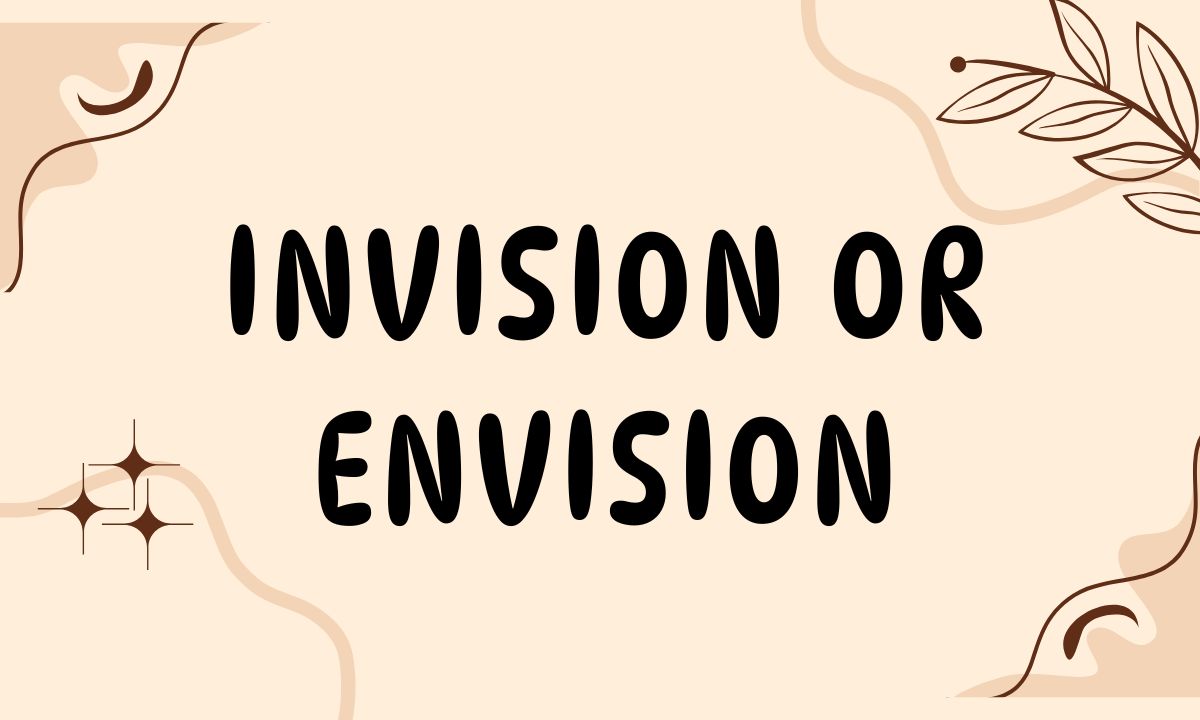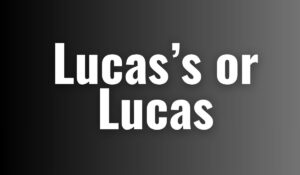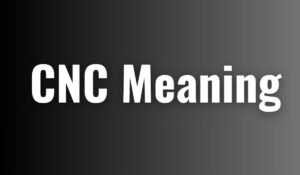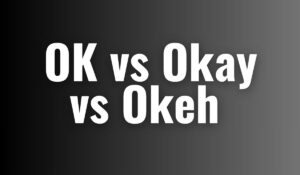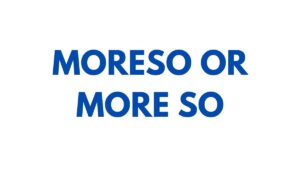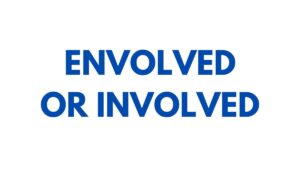Invision or Envision two words that are frequently confused but have entirely different meanings and applications. Many people mistakenly use “Invision” when they mean “envision,” or vice versa, especially in writing, business, or professional communications. Invision is primarily a brand name representing a digital design platform used globally for prototyping, collaboration, and project management.
Meanwhile, envision is a verb that means to imagine, visualize, or foresee something. Understanding these differences is crucial for clarity, accuracy, and professionalism. This article will provide detailed explanations, examples, comparisons, and practical tips to master both terms.
Understanding “Invision” and “Envision”
Invision is widely recognized as a collaboration and prototyping platform for UI/UX designers. It helps teams build interactive prototypes, streamline feedback, and manage design workflows efficiently. Businesses and startups often use Invision to ensure their design projects remain consistent, collaborative, and visually effective.
Envision, however, is a verb. It refers to the act of imagining or visualizing future possibilities. For example: “The entrepreneur envisions a future where every home has access to smart technology.” In everyday and professional writing, confusing the two can affect credibility. By learning their distinctions, writers can craft precise, authoritative content.
Origin and History of the Words
Envision first appeared in English in the early 19th century, derived from combining “en” (to put into) with “vision.” Its core meaning has always been about mental visualization and foresight, often associated with planning, creativity, and innovation. Over time, it became widely adopted in corporate strategy, leadership, and personal goal-setting.
Invision, on the other hand, is a modern creation, founded as a company to provide a digital platform for prototyping, feedback, and team collaboration. Since its inception, Invision has gained global recognition among designers, product managers, and creative teams. The brand name has become almost synonymous with efficient digital workflow management.
Correct Spelling and Common Mistakes
Spelling mistakes are common when dealing with these two words. People often incorrectly write:
- “I will Invision the new strategy” → Correct: “I will envision the new strategy.”
- “Envision is an excellent tool for prototyping” → Correct: “Invision is an excellent tool for prototyping.”
Tips to Avoid Mistakes:
- Remember: Invision = Software/Brand, Envision = Verb/Action
- Use context clues: software platforms usually involve teams, projects, or collaboration.
- Proofread content with grammar-check tools to catch subtle mistakes.
By ensuring correct spelling, writers maintain clarity and professionalism, especially in business, academic, or digital design communications.
Invision: Definition, Usage, and Examples
Definition: Invision is a digital collaboration platform designed for designers, developers, and project teams. Its primary purpose is to facilitate design prototyping, version control, and real-time feedback collection.
Usage Examples:
- “Our team uses Invision to create interactive prototypes for the new mobile app.”
- “With Invision, stakeholders can review design progress and provide instant feedback.”
- “Invision helps bridge communication between designers and developers, reducing errors.”
Features Table:
| Feature | Description |
| Prototyping | Build interactive apps or website prototypes |
| Collaboration | Share designs and collect feedback in real-time |
| Version Control | Track design changes and iterations |
| Design System Management | Maintain consistent UI/UX across multiple projects |
| User Testing | Gather user insights and usability feedback |
Related Keywords: Invision software, Invision platform, Invision collaboration, Invision app, Invision project management
Case Study: Many startups use Invision to reduce design iterations by 30%, streamlining collaboration and improving product launch timelines.
Envision: Definition, Usage, and Examples
Definition: Envision is a verb that means to imagine, foresee, or conceptualize something in the future. It is widely used in writing, business strategy, leadership, and creative projects.
Usage Examples:
- “The CEO envisions a company culture that prioritizes innovation and collaboration.”
- “I can envision a world where renewable energy powers every home.”
- “She envisions her career progressing to a leadership position within five years.”
Synonyms: imagine, visualize, foresee, conceptualize, dream.
Tips for Usage:
- Envision is ideal for strategic planning, goal-setting, creative writing, and personal development.
- Avoid using it as a brand or product reference.
Related Keywords: Envision meaning, Envision usage, Envision in sentences, Envision synonym, how to envision
Invision vs Envision: Key Differences
| Aspect | Invision | Envision |
| Type | Brand/Software | Verb/Action |
| Meaning | Digital design collaboration platform | To imagine or foresee |
| Usage | Professional, software-related | General writing, business, creativity |
| Common Confusion | Mistaken for the verb “envision” | Mistaken for brand “Invision” |
| Example Sentence | “Invision helps our team collaborate.” | “I envision a better future.” |
This side-by-side comparison clarifies usage, helping writers avoid mistakes and maintain accuracy.
Long-Tail Queries and FAQs
Is Invision a word? Yes, but only as a software platform or brand.
When to use Invision vs Envision?
- Use Invision for digital design and team collaboration.
- Use Envision when expressing ideas, imagination, or future planning.
Memory Tip:
- Invision → Interface
- Envision → Eyes/Imagine
Answering long-tail queries helps improve SEO ranking and addresses readers’ search intent effectively.
Real-Life Usage Examples
- Business: “Design teams rely on Invision to prototype products and reduce errors.”
- Creative Writing: “I envision a society powered by sustainable technology.”
- Corporate Strategy: “The CEO envisions expanding operations globally in the next five years.”
These examples show the distinct roles of Invision (software) and Envision (verb) in practical contexts.
Related Words and Synonyms
Envision Synonyms: imagine, visualize, foresee, conceptualize, dream.
Invision Alternatives: Figma, Sketch, Adobe XD, Marvel App.
Using related terms strengthens SEO optimization, providing additional keyword coverage.
Invision and Envision in Business and Tech
Invision is essential in UI/UX design, collaboration, and prototyping. Its features support feedback collection, project iteration, and design consistency. Many companies report faster design cycles and improved productivity using Invision.
Envision is used metaphorically in business and leadership contexts. For example, executives often envision strategic goals and future company growth, helping teams align on long-term objectives.
Tips to Avoid Confusion Between Invision and Envision
- Identify the context: software or verb.
- Use mnemonic aids: Invision = Interface, Envision = Eyes/Imagine.
- Proofread and use grammar-check tools.
- Focus on audience and purpose.
- Consult style guides for professional writing.
These strategies improve writing accuracy and credibility.
Conclusion
Understanding Invision or Envision is essential for professional, academic, and casual writing. Invision refers to a collaboration and design platform, while envision is a verb describing imagination or foresight.
By learning the differences, using examples, and applying proper spelling, writers can communicate more clearly and confidently. Correct usage not only improves readability but also enhances credibility and professionalism across all writing forms.
Frequently Asked Questions
What is the difference between Invision and Envision?
The main difference is context and usage. Invision is a brand name for a digital design platform used for prototyping, collaboration, and UI/UX workflows. Envision, on the other hand, is a verb that means to imagine, visualize, or foresee something. Use Invision when referring to the software, and Envision when describing an action or idea.
Is Invision a word?
Yes, but it is primarily used as a brand or software name. It is not used as a verb in general English. If you are talking about imagining or planning something mentally, the correct word is envision.
When should I use Envision instead of Invision?
Use Envision when you are expressing ideas, imagination, or foresight. For example: “I envision a future where everyone has access to clean energy.” Avoid using Envision to refer to the software tool Invision is correct in that case.
Can Invision and Envision be used interchangeably?
No, they cannot. Invision refers to a software platform, while Envision is a verb for imagining or planning. Interchanging them can lead to confusion and incorrect usage, especially in professional or academic writing.
How do I remember the difference between Invision and Envision?
A simple mnemonic can help: Invision → Interface/Software and Envision → Eyes/Imagine. Also, think about the context: if it involves collaboration or design tools, it’s likely Invision; if it involves ideas, goals, or foresight, it’s Envision.
Are there synonyms for Envision?
Yes, synonyms include imagine, visualize, foresee, conceptualize, and dream. These words can often replace envision in sentences without changing the meaning. Invision, being a brand name, does not have synonyms.
